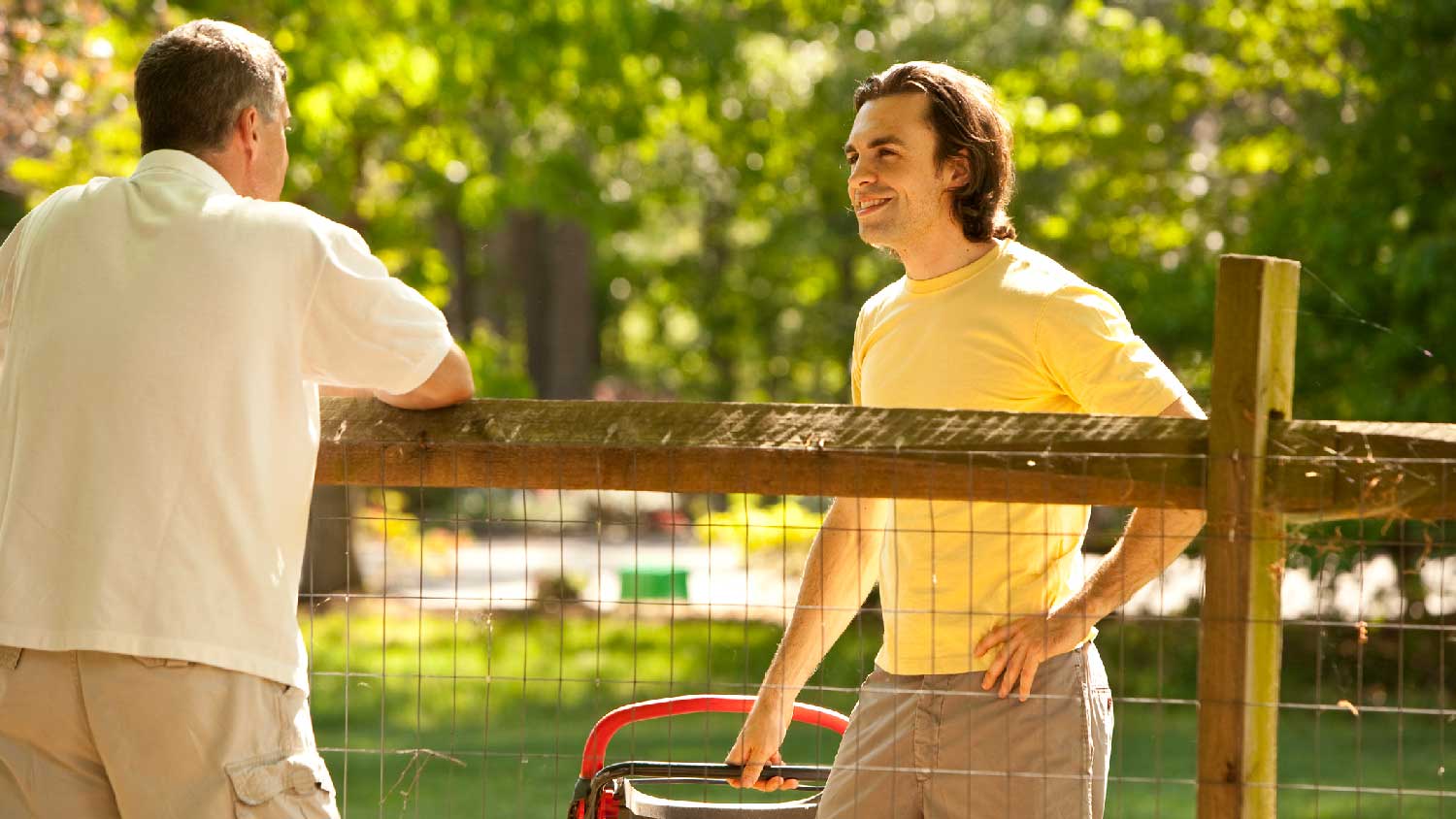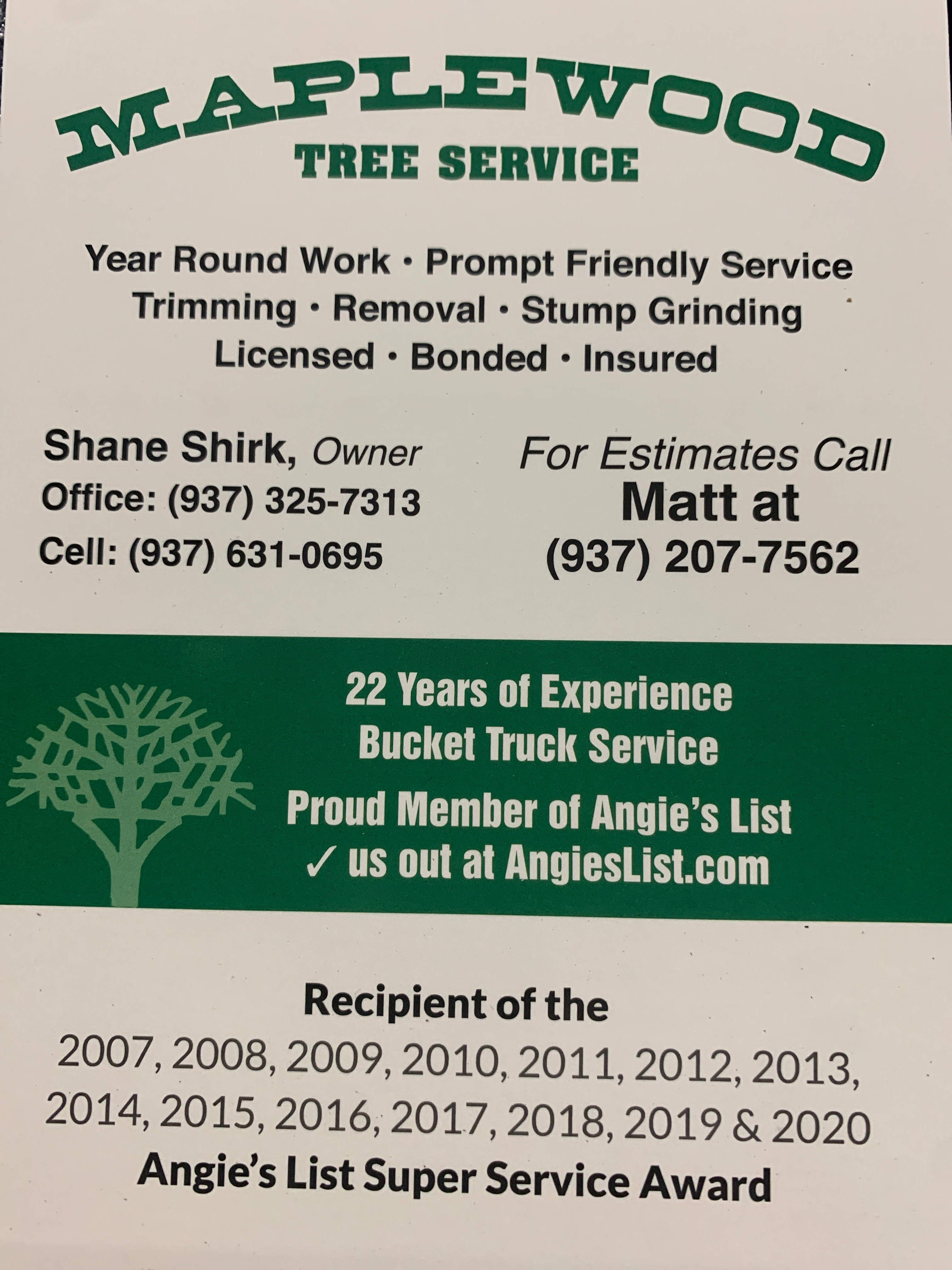Get transparent shrub removal cost info. Learn average prices, key cost factors, and tips to save on your next shrub removal project.
I had Ace Fireplace Services install custom chimney caps for my home, and the results are stunning. They fit like a glove and have added a touch of sophistication to my chimney. I can't recommend their services enough.
















